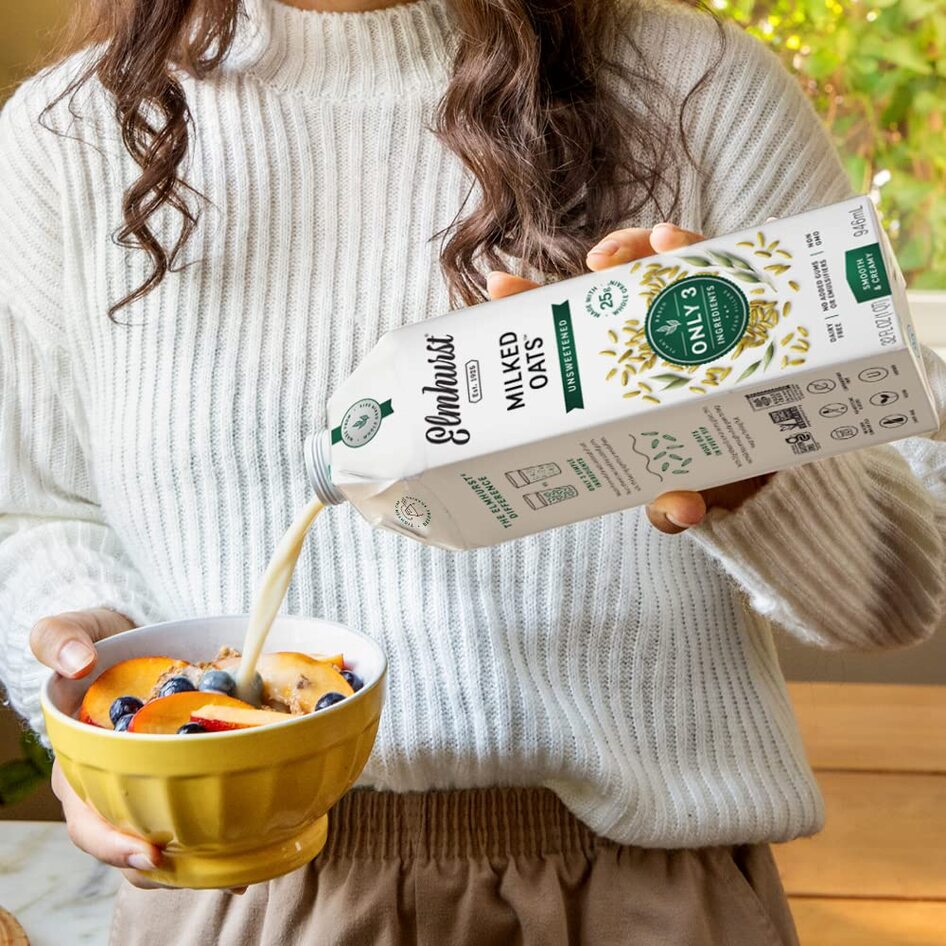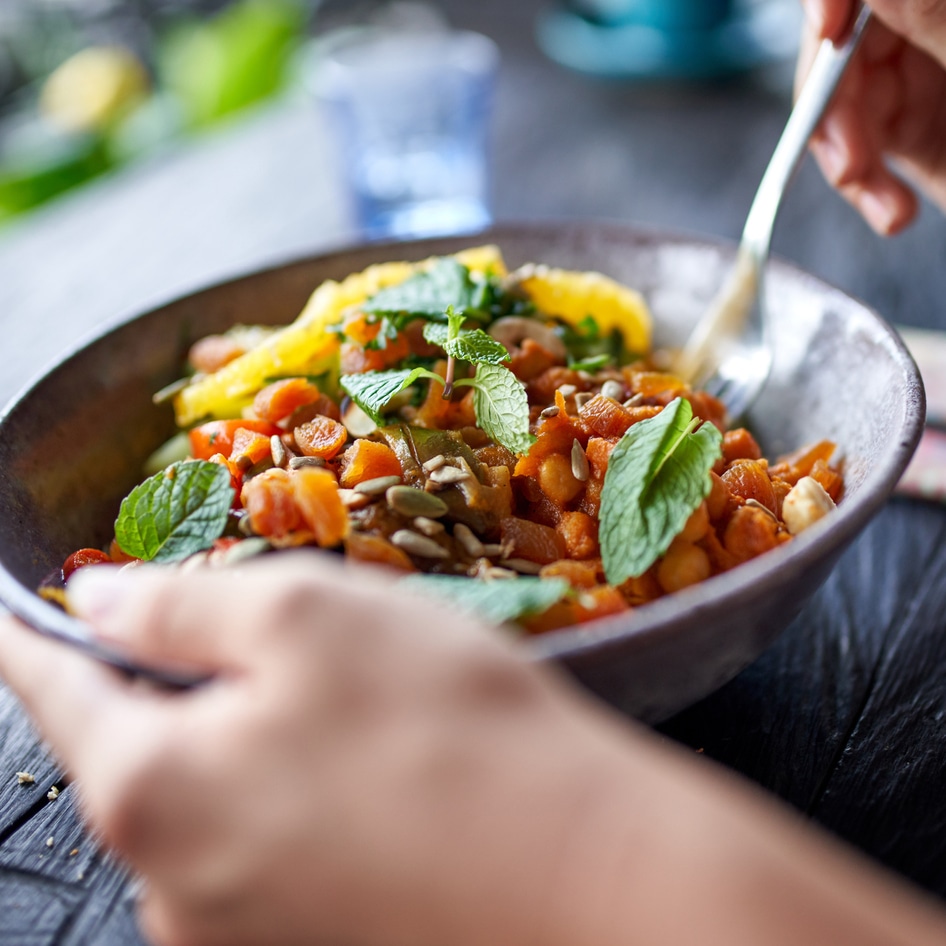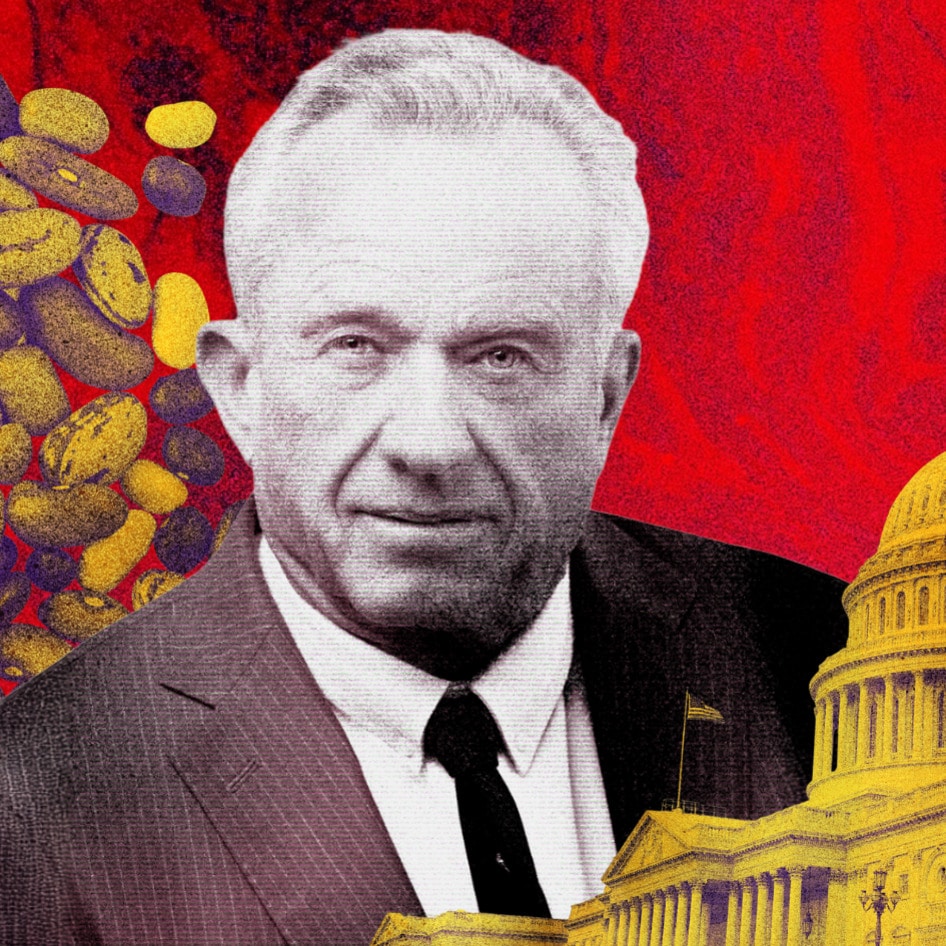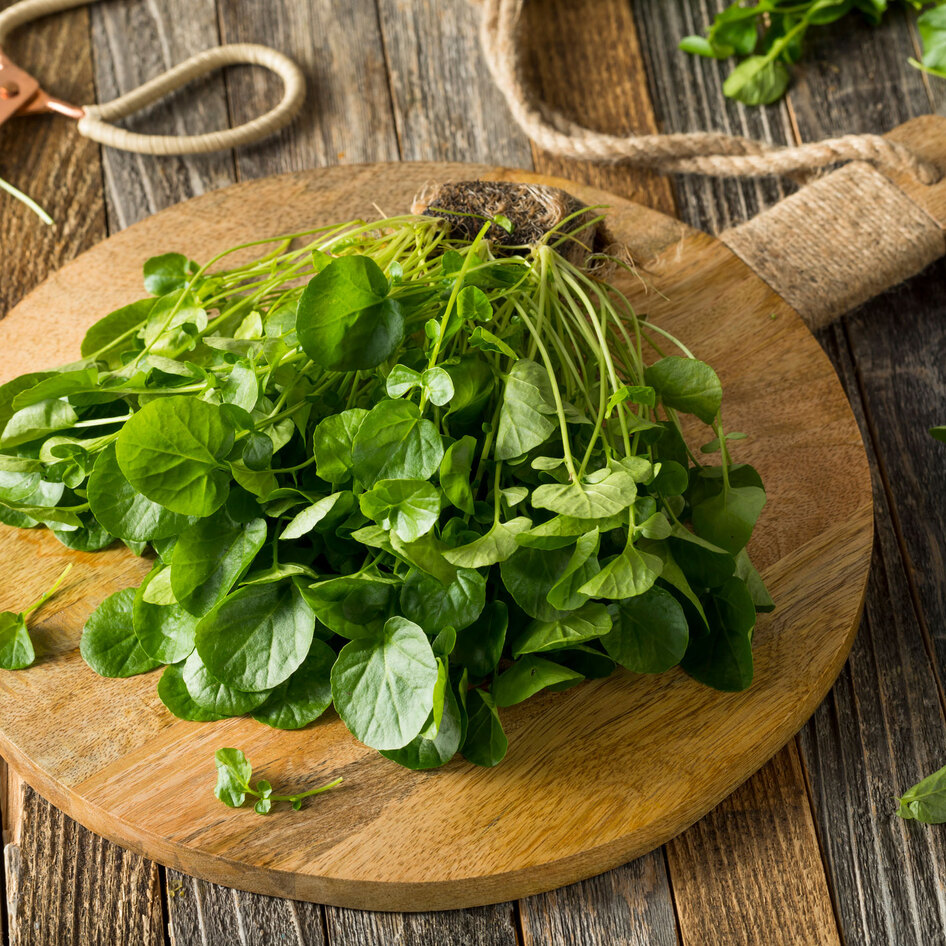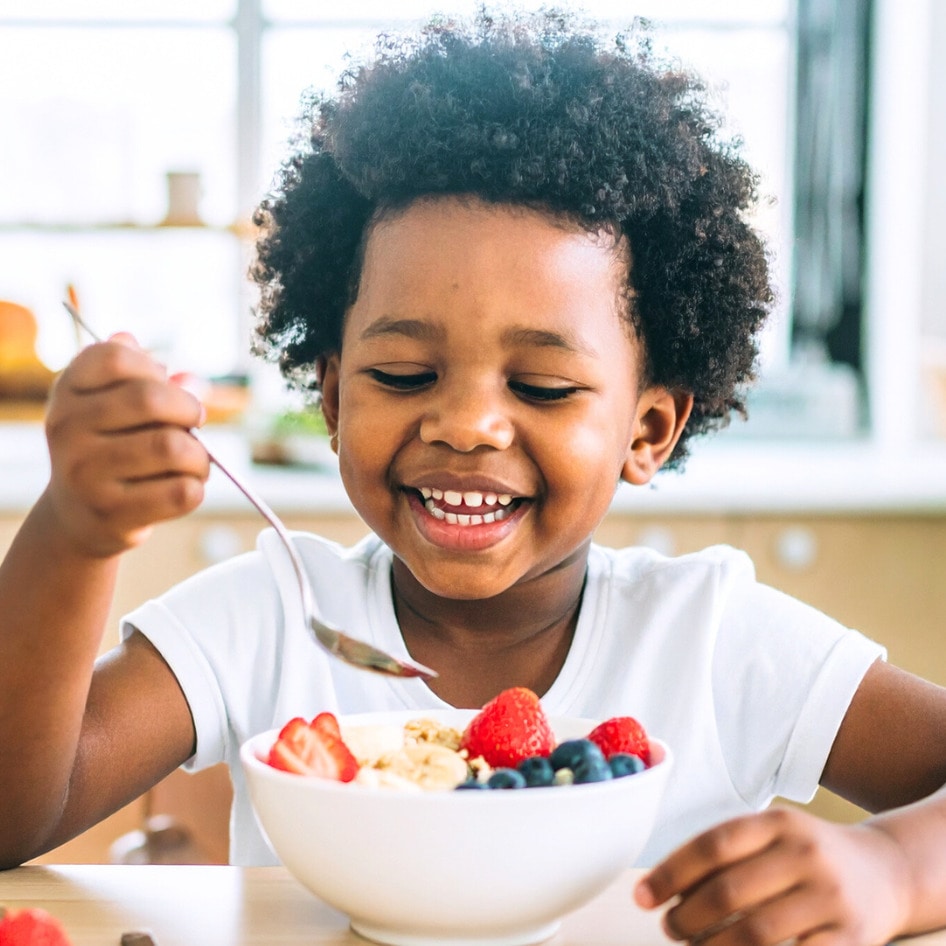MyPlate: The Vegan Reaction
Prominent vegan doctors, nutritionists, and food policy experts weigh in on the USDA’s new eating guide.
June 12, 2011
When the US Department of Agriculture (USDA) unveiled MyPlate, the decades-old food pyramid became nothing but an ancient relic. Ideally, MyPlate simplifies the idea of healthier eating for Americans from three to 93. But is it a success? We reached out to prominent vegan medical professionals to find out.
Mealtime Makeover
The new MyPlate design is simple and straightforward—an illustrated dinner plate broken into the four food groups—fruits, vegetables, grains, and protein (as opposed to the pyramid’s “Meat and Beans”)—plus a cup for dairy and MyPyramid’s sixth group, “Oil,” nixed all together. In addition, the USDA created a new website—choosemyplate.gov—with more guidelines, such as “Make at least half your grains whole grains,” and “Drink water instead of sugary drinks.” Officials believe the simpler design, in addition to a healthy eating campaign, will translate into easier, healthier choices at the dinner table.
Of Milk and Meat
Easier, yes. But is MyPlate really sending the right message? While filling half the plate with fruit and vegetables and suggesting whole grains have been applauded by vegan medical professionals, Dr. Neal Barnard, president of Physicians Committee for Responsible Medicine (PCRM), believes MyPlate’s protein and dairy groups present some “serious problems.” Barnard, among others, worries that Americans will see the “protein” label and immediately assume “meat,” assuming they cannot receive protein from plant-based sources. Food-policy expert Michele Simon takes the argument further, noting the inconsistent message of MyPlate. “They recommend ‘protein’ but then why is ‘dairy’ and not ‘calcium’ recommended?” Unfortunately, many Americans do not realize non-dairy sources provide calcium. “There is an abundance of calcium found in plant foods such as leafy greens (especially collard greens, kale, broccoli, and bok choy), dried figs, sesame seeds, tahini, and calcium-set tofu,” says Julieanna Hever, a certified plant-based nutritionist. “It is because of this isolationism of nutrients that the majority of people are confused about what they are actually supposed to eat.”
The Red Tape
What is comes down to, according to Dr. Michael Greger, director of public health and animal agriculture for the Humane Society of the United States, is politics. “The mandate of the USDA includes both promoting agribusiness and, at the same time, giving dietary advice. This may explain why in the 30 years agency officials have been issuing dietary guidelines, their ‘eat more’ messaging has been clear: ‘increase intake of fruits and vegetables,’ whereas their ‘eat less’ recommendations only refer to biochemical components: ‘Reduce intake of solid fats (major sources of saturated and trans fatty acids).’” Many high-level USDA appointees have agribusiness ties, which may lead to biased guidance for the American consumer. As Greger explains, the effect of that guidance partly determines what is served both in school and at home.
At Face Value
A combination of public education and organizational change is needed for Americans to receive the right eating advice. “The USDA needs to cut its ties to commercial interests or create a third party that is one hundred percent scientific to make nutrition recommendations,” says Hever. “Until there is no financial link, the USDA cannot be unbiased and provide objective health information.” Simon says it boils down to a simple fact: “Education alone will not improve dietary habits.” She suggests a shift in policy, as opposed to letting Americans “choose” their plate—“Never mind that for too many Americans, the choices in their neighborhood range from McDonald’s to Burger King”—is needed to alter people’s physical environment, including overhauls of agricultural policy and addressing food marketing, especially towards children. Being a well educated, discerning consumer will win out in the end, but Americans looking to MyPlate as the be-all, end-all of healthy eating might not be getting the whole story.
JUMP TO ... Latest News | Recipes | Guides | Health | Subscribe


